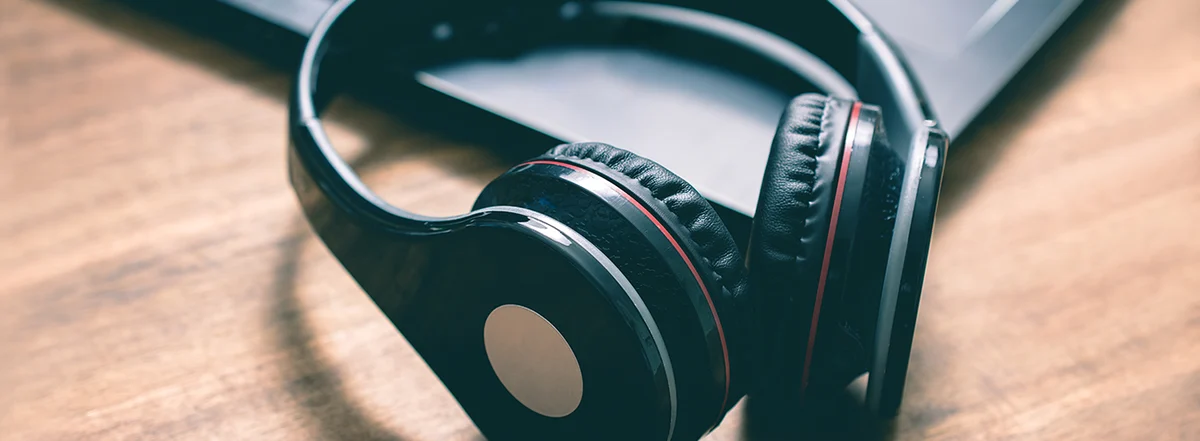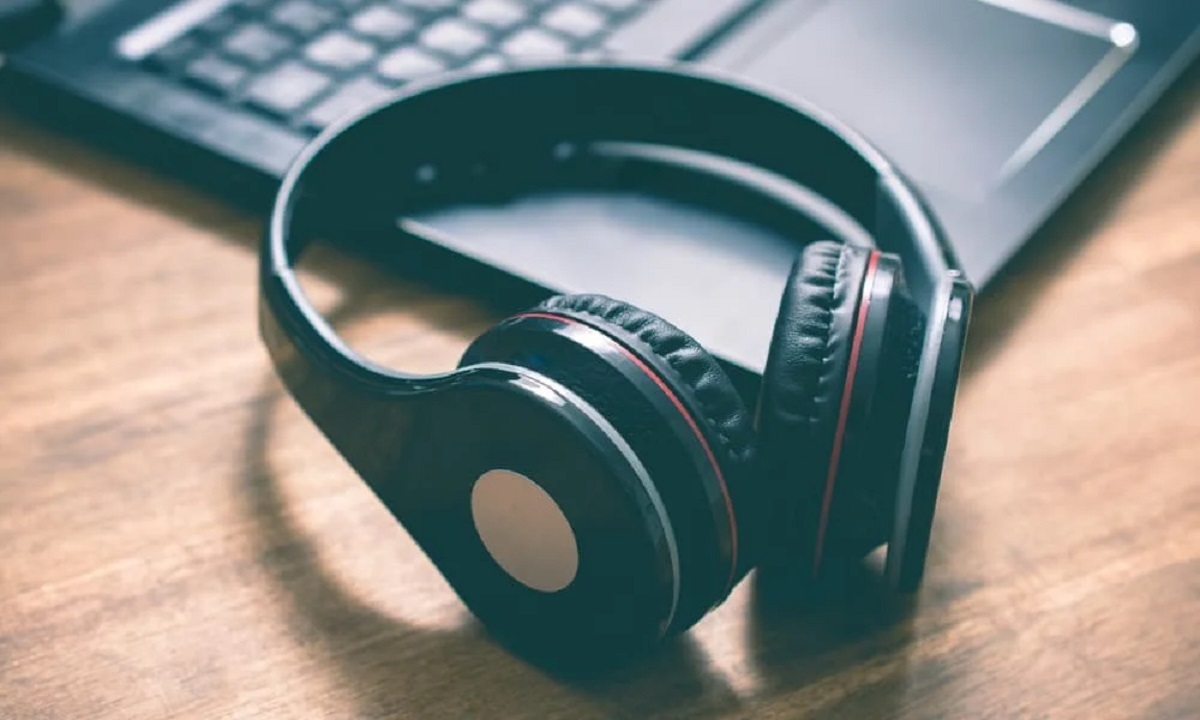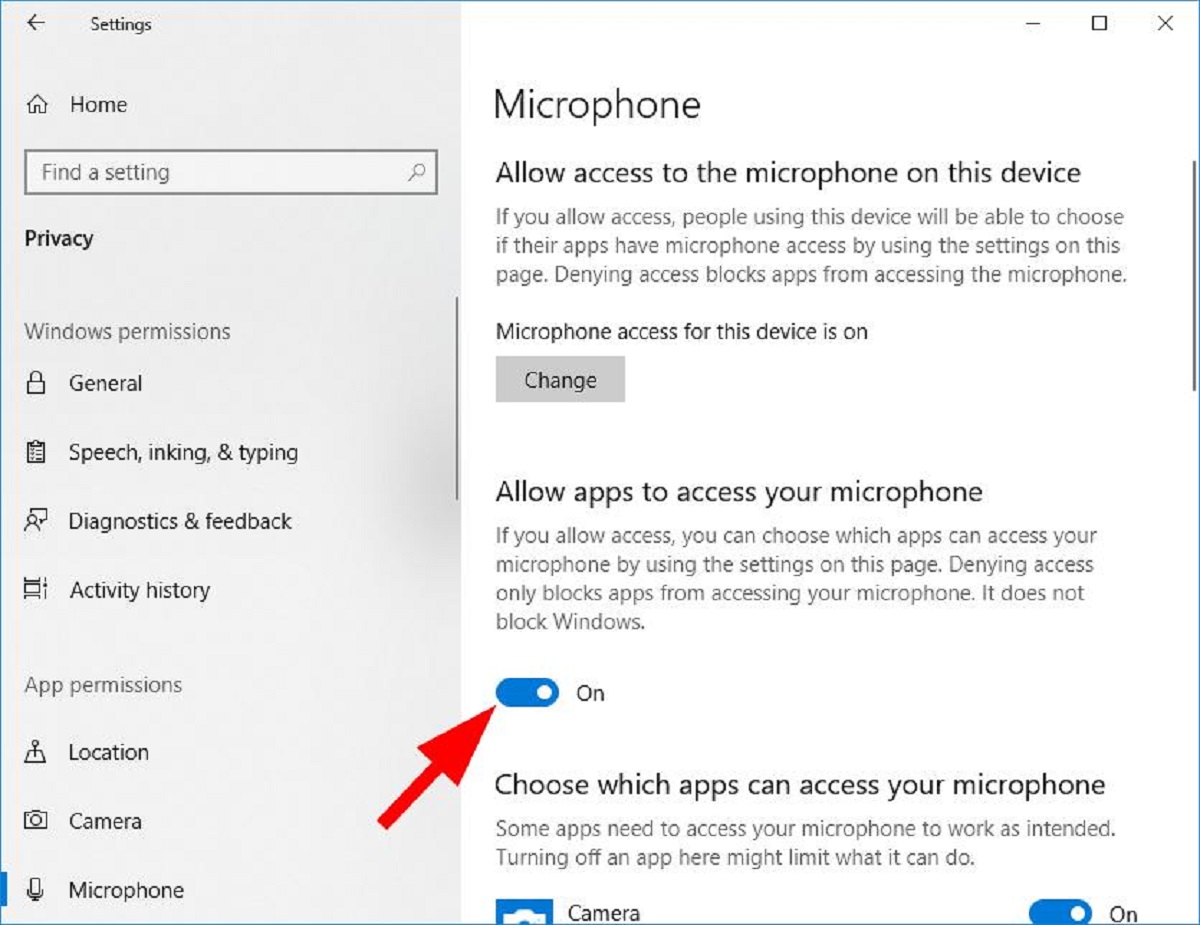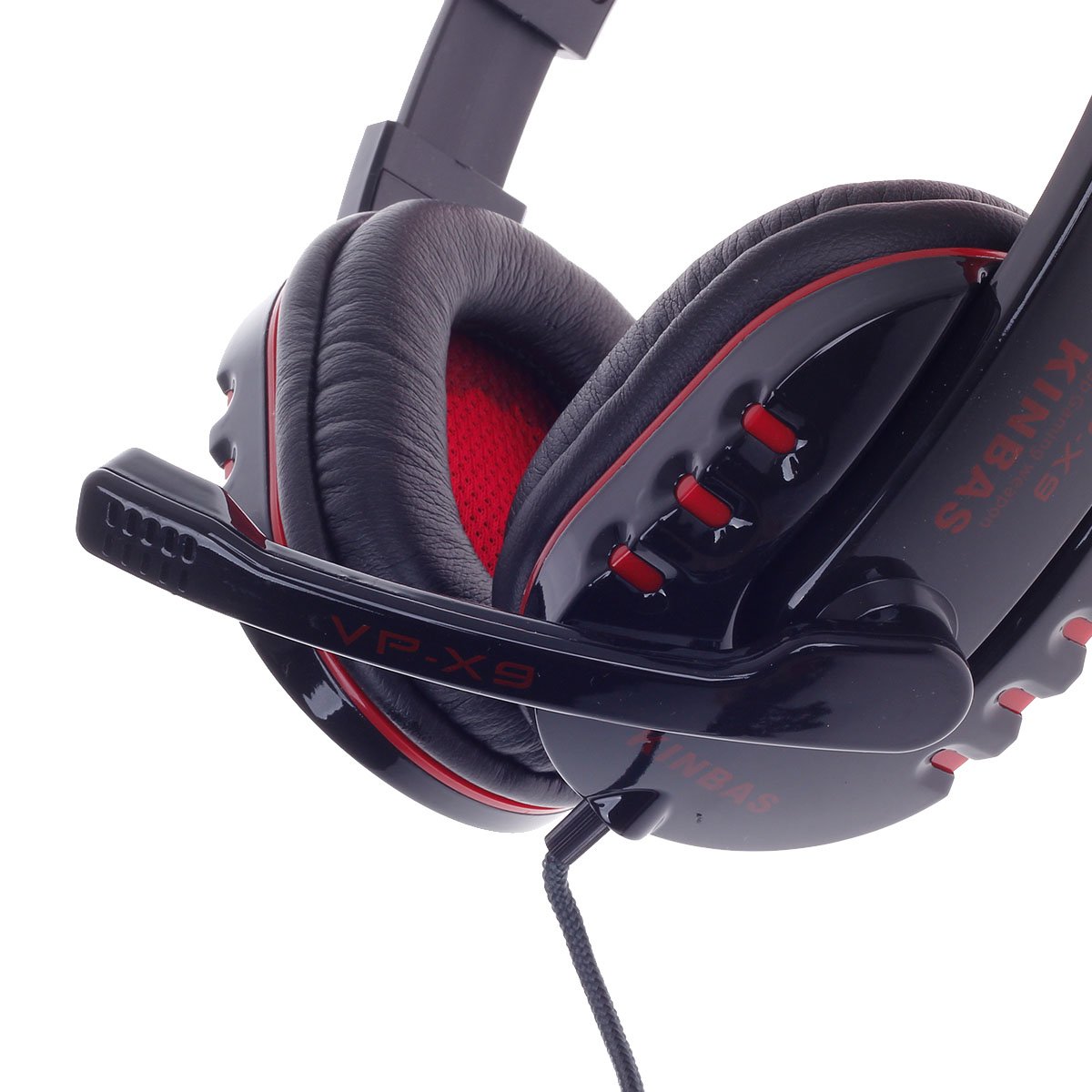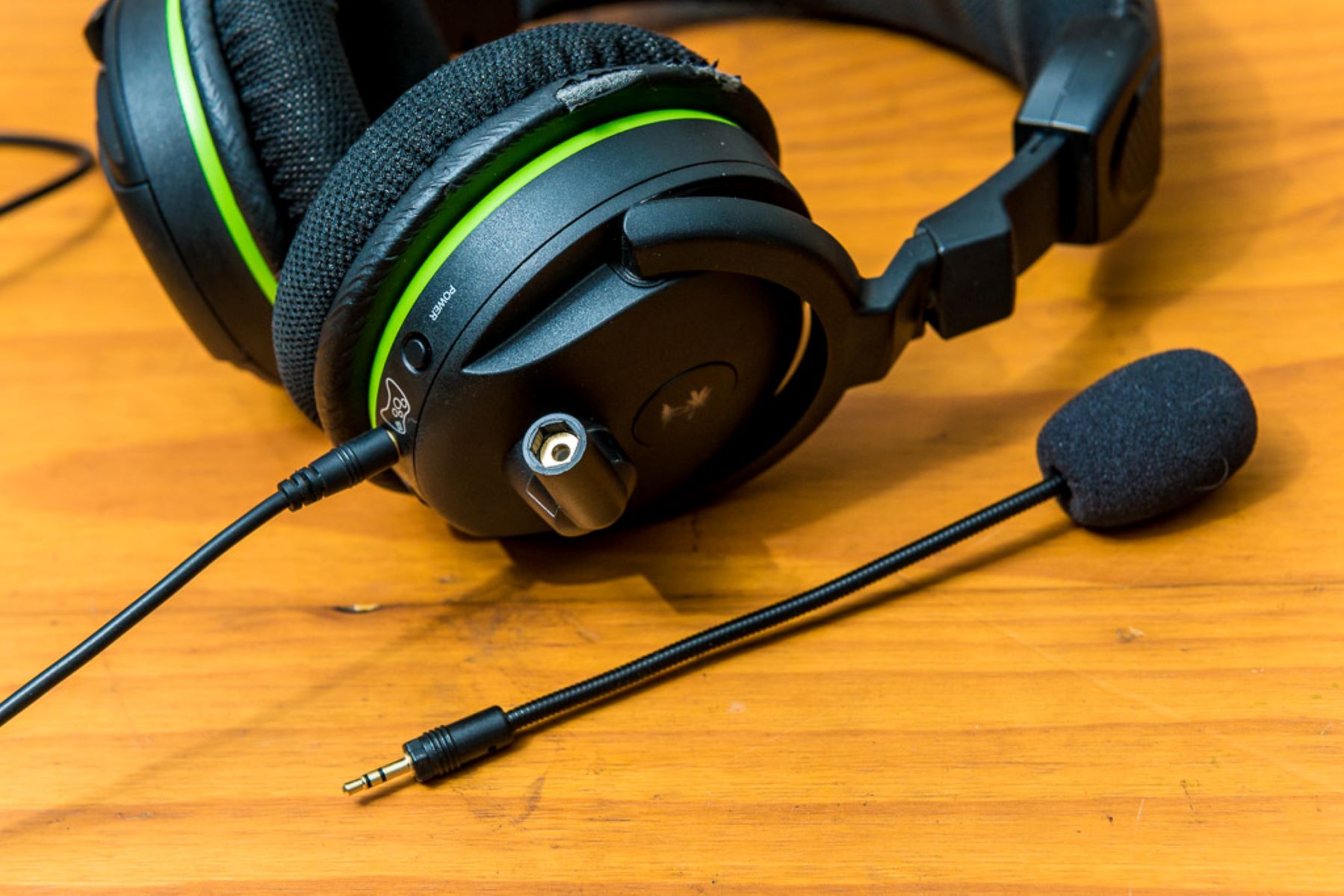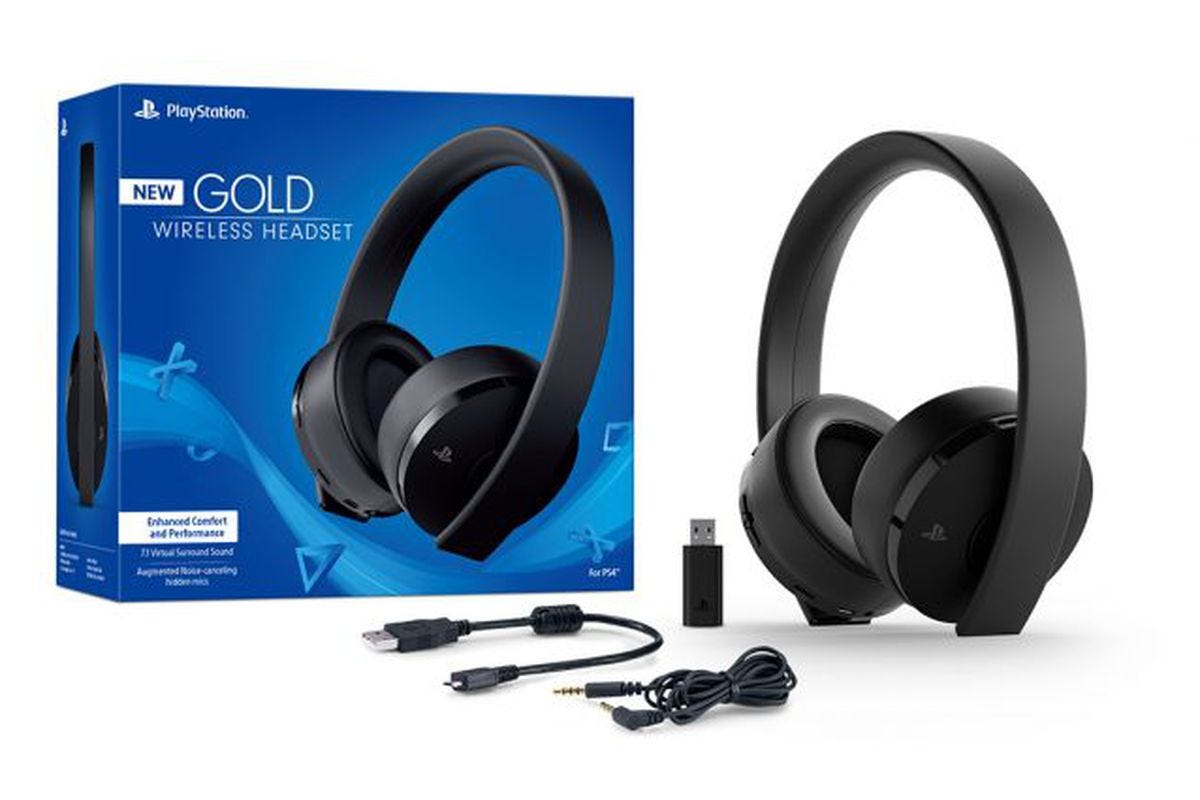Introduction
Having a reliable headset microphone is essential for seamless communication in today's digital age. Whether you're engaging in virtual meetings, gaming with friends, or recording audio, a functional headset microphone is a valuable asset. However, encountering issues with your PC microphone can be frustrating and disruptive. Fortunately, troubleshooting these problems can often lead to quick and effective solutions.
In this comprehensive guide, we will explore troubleshooting steps to address PC microphone issues. From checking physical connections to updating audio drivers, we will cover various methods to resolve common headset microphone problems. By following these steps, you can potentially save time and effort while restoring the functionality of your headset microphone.
Let's delve into the troubleshooting process and discover practical solutions to rectify PC microphone issues. Whether you're a seasoned tech enthusiast or a novice user, this guide will equip you with the knowledge and insights needed to overcome microphone-related challenges. So, grab your headset, roll up your sleeves, and let's troubleshoot those pesky PC microphone issues together.
Check the physical connections
When troubleshooting PC microphone issues, it's crucial to start with a thorough examination of the physical connections. Even the most advanced headset microphone can encounter problems due to loose or faulty connections. Here's a step-by-step guide to ensure that your physical connections are in optimal condition:
-
Inspect the headset cable: Begin by examining the cable connecting your headset to the PC. Look for any visible signs of damage, such as fraying or kinks in the cable. If you notice any damage, it's essential to replace the cable to restore proper functionality.
-
Check the headset port: Ensure that the headset is securely plugged into the correct port on your PC. If your PC has separate ports for audio input and output, make sure the headset is connected to the correct one. Sometimes, a loose connection can lead to intermittent microphone issues, so firmly plug in the headset to establish a stable connection.
-
Verify the microphone mute switch: Some headsets feature a built-in mute switch on the cable or the headset itself. If your microphone is unexpectedly silent, check whether the mute switch is engaged. It's easy to overlook this simple yet crucial aspect, so always double-check the mute switch to rule out potential issues.
-
Test with another device: To rule out the possibility of a faulty PC port or cable, consider testing the headset microphone on another device, such as a smartphone or another PC. If the microphone functions properly on the alternative device, it indicates that the issue may be related to the PC's hardware or settings.
-
Inspect the microphone boom: For headsets with an adjustable microphone boom, ensure that it is securely connected to the headset. A loose or damaged microphone boom can lead to inconsistent audio input, so carefully examine and secure the boom if necessary.
By meticulously examining the physical connections of your headset microphone, you can identify and address potential issues that may be impeding its functionality. Once you have thoroughly checked the physical connections and ensured that everything is in order, you can proceed to the next steps in troubleshooting your PC microphone.
Adjust the microphone settings
Once you have verified the physical connections of your headset microphone, the next step in troubleshooting PC microphone issues involves adjusting the microphone settings on your computer. Proper configuration of the microphone settings can significantly impact its performance and ensure optimal audio input. Here's a detailed exploration of the essential adjustments to consider:
Access the sound settings:
Begin by accessing the sound settings on your computer. In Windows, you can do this by right-clicking the speaker icon in the taskbar and selecting "Open Sound settings." On a Mac, navigate to "System Preferences" and select "Sound." Once in the sound settings, locate the section dedicated to input devices or microphone settings.
Set the default microphone:
Ensure that the correct microphone is selected as the default input device. If you have multiple microphones connected to your computer, such as built-in and external microphones, verify that the intended headset microphone is chosen as the default input device. This step is crucial for directing audio input to the correct source.
Adjust microphone volume and sensitivity:
Fine-tuning the microphone volume and sensitivity can significantly impact the quality of audio input. In the microphone settings, you may find options to adjust the input volume or gain. Experiment with these settings while speaking into the microphone to find the optimal balance that captures clear and distortion-free audio.
Disable enhancements and effects:
Some sound settings may include audio enhancements or effects that can inadvertently affect the performance of your headset microphone. Disable any unnecessary audio enhancements, such as noise reduction or echo cancellation, as they may interfere with the microphone's natural input. Additionally, ensure that the microphone is not subjected to any active sound effects that could distort its audio input.
Configure privacy settings:
In modern operating systems, privacy settings can impact the functionality of input devices, including microphones. Verify that the necessary permissions are granted to allow applications and services to access the microphone. This step is particularly relevant for ensuring that communication apps, recording software, and other relevant programs can utilize the headset microphone without restrictions.
By meticulously adjusting the microphone settings on your computer, you can optimize the performance of your headset microphone and mitigate potential issues related to audio input. Once you have fine-tuned the microphone settings to align with your preferences and usage requirements, you can proceed to test the microphone's functionality in various applications and scenarios. This proactive approach to adjusting microphone settings can yield significant improvements in audio quality and overall user experience.
Update your audio drivers
Updating your audio drivers is a crucial step in troubleshooting PC microphone issues. Audio drivers serve as the communication link between your operating system and the audio hardware, including your headset microphone. Outdated or faulty drivers can lead to various audio-related problems, including microphone malfunctions. By ensuring that your audio drivers are up to date, you can potentially resolve compatibility issues and improve the overall performance of your headset microphone.
Here's a step-by-step guide to updating your audio drivers:
-
Identify the audio hardware: Start by identifying the specific audio hardware associated with your headset microphone. This information can typically be found in the device manager on Windows or the system information on Mac. Look for the audio device name and model to accurately determine the drivers that require updating.
-
Access the manufacturer's website: Visit the official website of the audio hardware manufacturer, such as the headset or sound card manufacturer. Navigate to the support or downloads section of the website to locate the latest driver updates for your specific audio hardware. Ensure that you select the drivers compatible with your operating system version.
-
Download and install the drivers: Once you have identified the appropriate driver updates, download them onto your computer. Follow the manufacturer's instructions for installing the updated drivers. This may involve running an installer or manually updating the drivers through the device manager on Windows or the system preferences on Mac.
-
Restart your computer: After installing the updated audio drivers, it is advisable to restart your computer to ensure that the changes take effect. A system reboot can help finalize the driver updates and establish seamless communication between the audio hardware and your operating system.
-
Test the microphone: Once your computer has restarted, test the functionality of your headset microphone in various applications and scenarios. Use communication apps, recording software, or online microphone testing tools to verify that the updated audio drivers have positively impacted the performance of your microphone.
By proactively updating your audio drivers, you can potentially resolve compatibility issues, enhance audio quality, and address microphone-related problems. Keeping your audio drivers up to date is a fundamental aspect of maintaining a healthy and efficient audio system on your computer. Additionally, regular driver updates can contribute to a smoother and more reliable user experience, especially when utilizing audio input devices such as headset microphones.
Test the microphone on another device
Testing the functionality of your headset microphone on another device can provide valuable insights into the nature of the issue you are experiencing. By connecting the headset to an alternative device, such as a smartphone, tablet, or another computer, you can effectively isolate potential causes of the problem. This method allows you to discern whether the issue lies with the headset microphone itself, the original computer's hardware or settings, or a combination of factors.
To begin the testing process, disconnect the headset from your computer and connect it to the alternative device using the appropriate audio input port. Once the headset is connected, proceed to engage in various activities that involve microphone usage. This can include making voice calls, recording audio, or using voice recognition features on the alternative device. By actively utilizing the headset microphone in different scenarios, you can gauge its performance and detect any irregularities in audio input.
During the testing phase, pay close attention to the behavior of the headset microphone on the alternative device. Assess whether the microphone captures clear and intelligible audio, or if it exhibits any issues such as distortion, static, or intermittent functionality. By actively engaging with the microphone in real-world usage scenarios, you can gain a comprehensive understanding of its performance outside of the original computer environment.
If the headset microphone functions flawlessly on the alternative device, it suggests that the issue may be related to the original computer's hardware, software, or settings. In this scenario, you can focus your troubleshooting efforts on the specific computer that exhibited microphone issues. Conversely, if the headset microphone displays similar problems on the alternative device, it indicates that the issue may be inherent to the headset itself, warranting further inspection or potential replacement.
By conducting thorough testing of the headset microphone on another device, you can effectively narrow down the potential causes of the problem and make informed decisions regarding the next steps in troubleshooting. This method empowers you to gather valuable diagnostic information and gain clarity on the underlying factors contributing to the microphone issues. Ultimately, the insights gained from testing the microphone on another device can guide you towards targeted and effective solutions, leading to a positive resolution of the problem.
Contact the manufacturer for support
If you have diligently followed the preceding troubleshooting steps and are still encountering persistent issues with your PC headset microphone, it may be time to seek direct assistance from the manufacturer. Contacting the manufacturer for support can provide invaluable guidance, specialized insights, and potential solutions tailored to your specific headset model and its associated technical nuances.
When reaching out to the manufacturer for support, consider the following steps:
Gather essential information:
Before initiating contact, gather essential information related to your headset, such as the model name, serial number, and any relevant purchase details. This information can assist the manufacturer's support team in understanding the specific characteristics and history of your headset, enabling them to provide targeted assistance.
Visit the manufacturer's official website:
Navigate to the official website of the headset manufacturer and locate the support or contact section. Manufacturers often offer dedicated support channels, including live chat, email support, and phone assistance. Choose the communication method that best suits your preferences and availability.
Describe the issue comprehensively:
When communicating with the manufacturer's support team, provide a detailed description of the issues you are experiencing with your headset microphone. Include specific details such as the nature of the audio problems, any error messages encountered, and the troubleshooting steps you have already undertaken. Clear and comprehensive communication can expedite the support process and facilitate a more accurate assessment of the situation.
Follow the guidance provided:
Upon contacting the manufacturer, diligently follow the guidance and instructions provided by their support representatives. This may involve performing additional diagnostic tests, implementing specific software updates, or adhering to troubleshooting protocols tailored to your headset model. By actively engaging with the manufacturer's support team and following their recommendations, you can maximize the potential for a successful resolution of the microphone issues.
Explore warranty and repair options:
If the headset microphone issues are determined to be hardware-related or beyond the scope of basic troubleshooting, inquire about warranty coverage and repair options offered by the manufacturer. Depending on the warranty status and the nature of the issues, the manufacturer may facilitate repair services or provide guidance on potential solutions, ensuring that your headset is restored to optimal functionality.
By proactively seeking support from the manufacturer, you can leverage their expertise, resources, and commitment to customer satisfaction to address persistent PC headset microphone issues. Manufacturer support represents a valuable avenue for obtaining specialized assistance and accessing resources specifically tailored to your headset model, ultimately contributing to a positive and effective resolution of the problems you are encountering.







